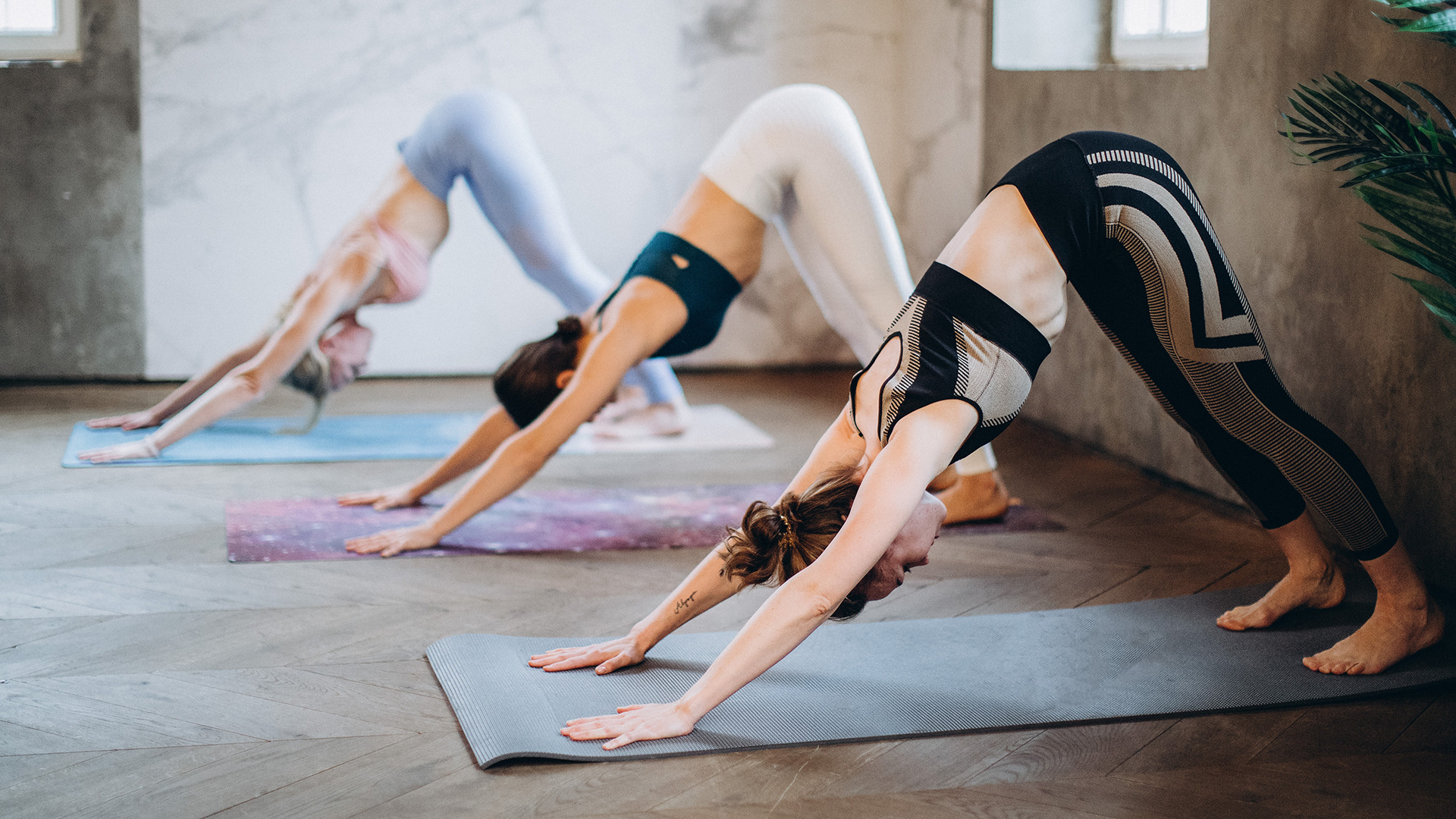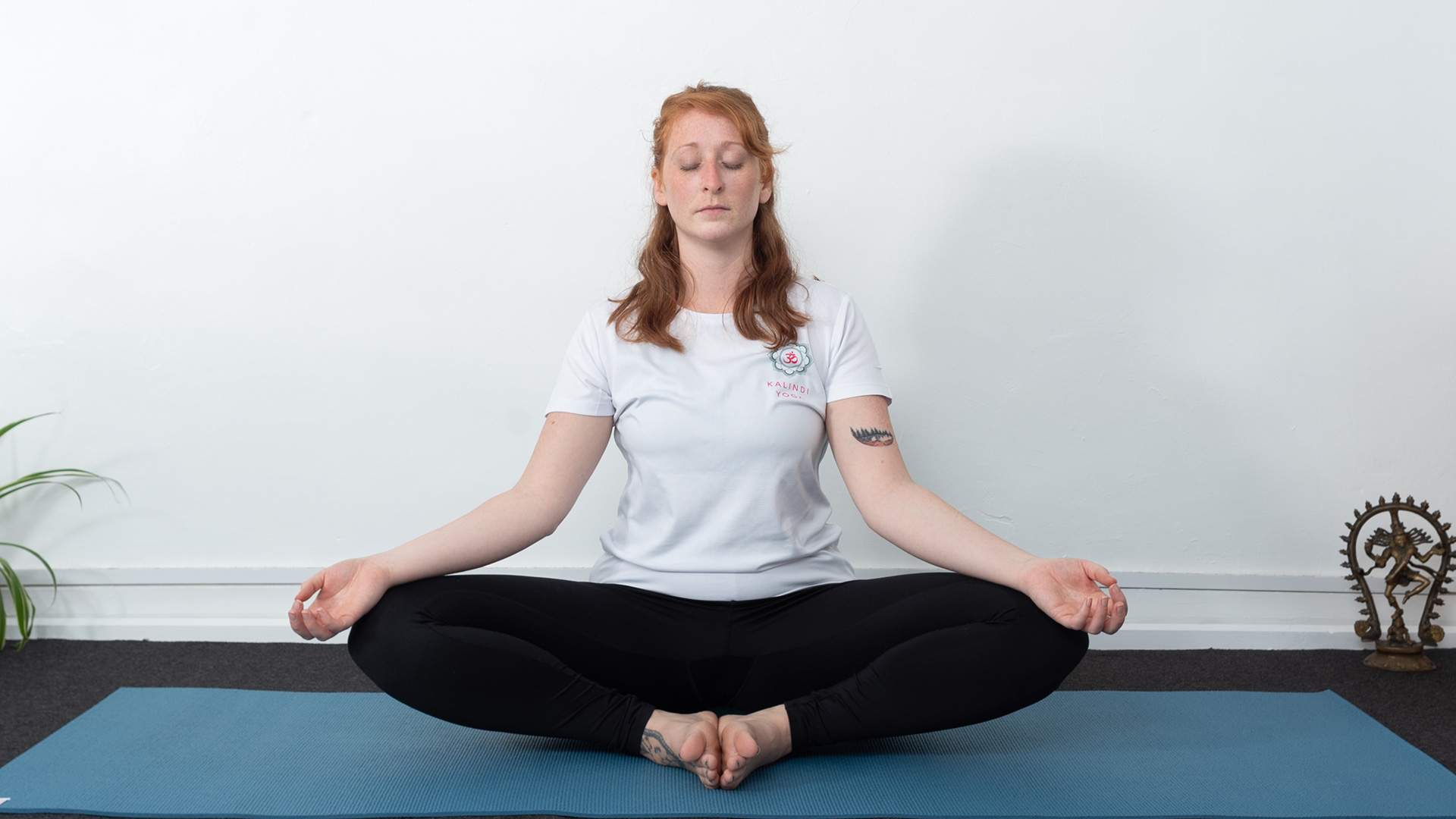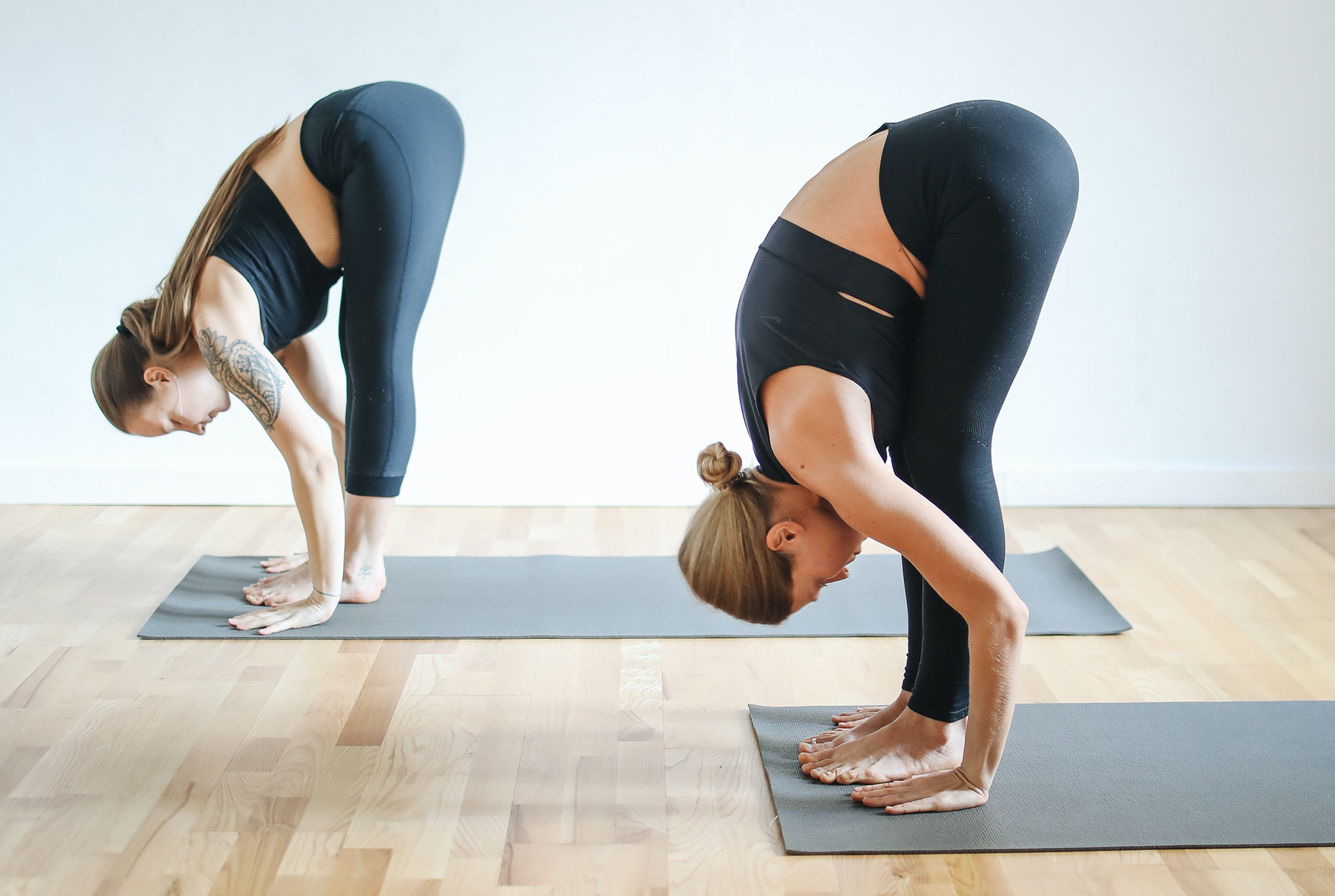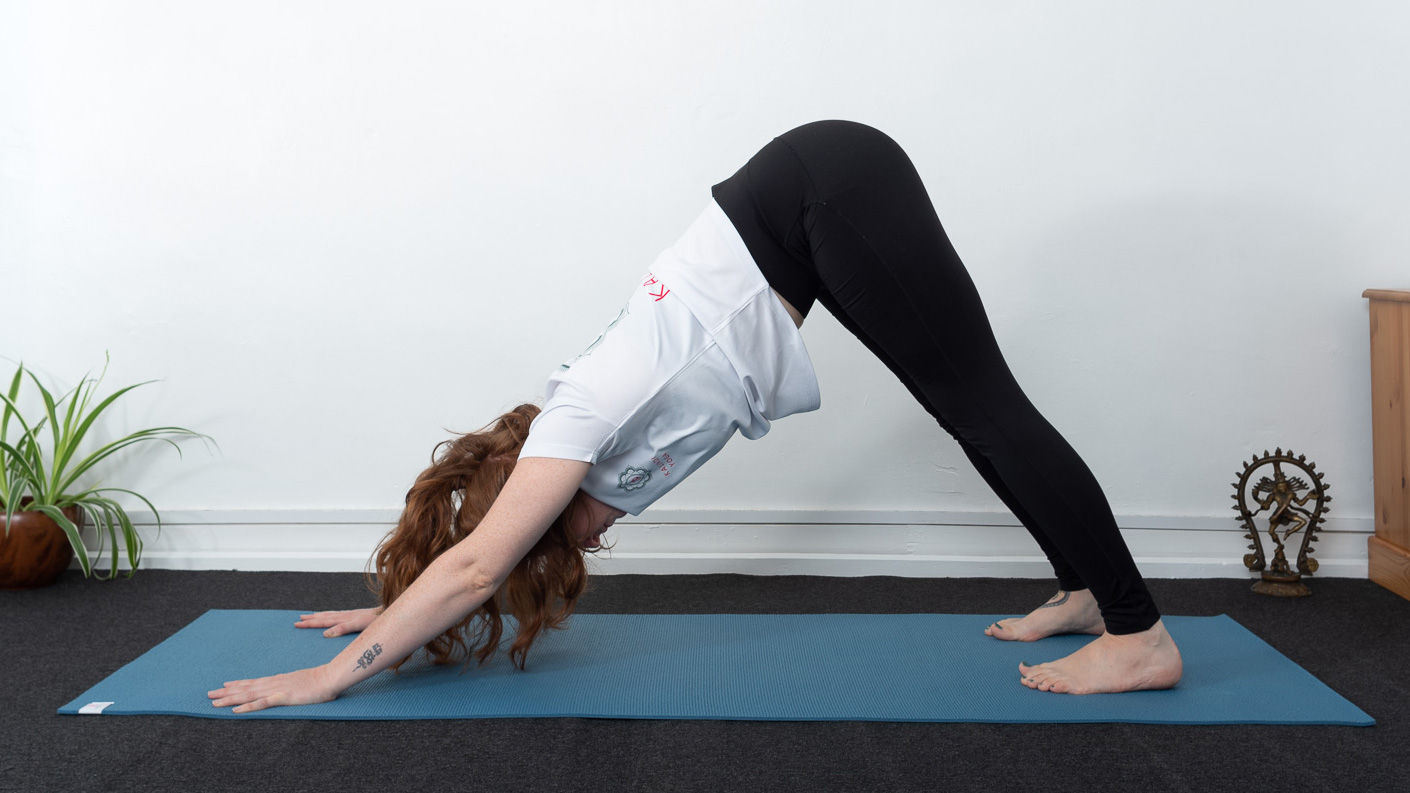
Even when everything's going to plan and everyone is behaving, the holidays can be an overwhelming time. To help you out, we've put together this guide to the best yoga poses to keep anxiety at bay.
These poses are designed to help you physiologically calm down. When anxious, our fight or flight response is activated. If experienced for prolonged periods, this response is activated the majority of the time, even when we're not anxious. Yoga fires up our neglected rest and digest function, slowing the system down so it can replenish. It's important you practise these postures regularly to feel the benefits: it can take time for your body to learn there's another way to respond. Grab your yoga mat, shut yourself away in a spare room for a minute, and get started with these poses.
- The best weighted blankets to fight anxiety and relieve insomnia
- Sort your sleep cycle out with one of the best wake-up lights
- Yoga vs pilates: which is better for you?
1. Butterfly

Sitting on the floor, using some support under the buttocks, bring the soles of your feet together. You want them as close to the groins as possible but this can be altered if it doesn't feel right for your hips. Hold the fronts of your ankles or rest your hands on your legs.
How does this reduce anxiety?
When anxious, we may lack motivation spending longer periods of time sitting or we may walk with bad posture as a way to protect ourselves when we feel vulnerable. Hip openers bring fluidity to the hip joints thus aiding the upright position of the spine, improving our posture. This may have a snowball effect on your feelings of confidence and mood.
2. Standing forward bend

From a standing position, inhale, lift your arms up and exhale, bend your knees bringing your hands to the backs of your legs or to the floor. Descend your spine down, lengthening from your lower back to the crown of the head.
How does this reduce anxiety?
Get all the latest news, reviews, deals and buying guides on gorgeous tech, home and active products from the T3 experts
Inverting the body means to place your head lower than your heart. Inverting brings a different perspective to our world and helps shift our mindset. Standing forward bends are calming to the nervous system. There's the added benefit of stretching out the hamstrings and lower back, both places that can get tight from a prolonged stress response.
- The best yoga blocks to help you tackle trickier poses
- ... and the best yoga towels for extra grip
- Complete your kit with a pair of the best yoga leggings
3. Downward dog

From your standing forward bend, bring your hands to the floor and step back, roughly a leg distance from your hands so you're in an upside down 'V'. Place your feet hip distance. Keep a soft bend in your knees and heels lifted.
How does this reduce anxiety?
Here's the science behind how inversions activate our rest function. We have arteries known as the carotid arteries that run through the front of the neck. These arteries carry blood to the brain and have sensors that ensure the brain receives the correct amount of blood. Inverting the body means that these sensors receive a flush of blood that tells your rest function to activate. This response means that your body is ordered to manage the flow of blood with cuts to the heart and circulatory systems, ultimately slowing down the bodily functions. This physiological 'brake' by the parasympathetic nervous system helps to dampen the anxiety response.
- Learn how to clean your yoga mat
- Add one of the best yoga towels to stop your mat from getting stained
Kat has 10 years of yoga teaching experience with further training in supporting injured students. She is qualified to teach Yin Yoga, Hormone Yoga Therapy and more traditional forms of Hatha yoga. She also has a certificate as a Yoga Therapy Practitioner.